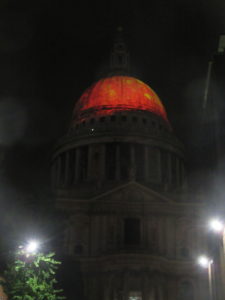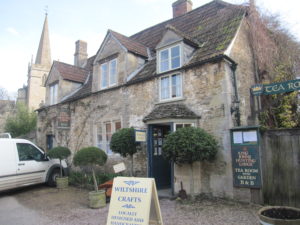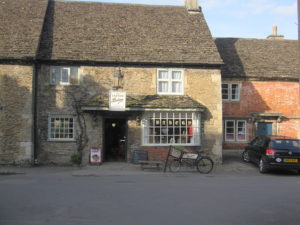You may well recognize the cloister walk and courtyard in Lacock Abbey if you happen to be a fan of Harry Potter!
Although I have visited Lacock before, it was several years ago, so it was a delight to be able to have access to more areas on this occasion. Up to 5 years ago, some of the rooms were still occupied by a family member, so access was restricted.
It’s best to make a day of it, starting at 10.30 when the National Trust open up, as you can then have time to look around the village afterwards.
Although it was February, it was a beautiful, crisp and sunny day and great for photography, especially for the snowdrops, crocus and daffodils while walking through the park on the path to the Abbey.
The Abbey was founded in the early 13th century by Ela, Countess of Salisbury, as a nunnery of the Augustinian order and her husband was William Longespée, a natural son of Henry II.
The Abbey remained a nunnery until the suppression of Catholic institutions, then it served as a residence for the nobility, was fortified, and occupied by the Royalists. We are told Ela ‘founded’ two convents in one day – Lacock in the morning, and the Charterhouse of Hinton in Somerset in the afternoon.
In 1247 it was thought that the main structure had been completed, but in 1285, Edward I was said to have given 10 oaks from Melksham forest, thus showing the building was still in progress. In the 14th century there was the addition of a lady-chapel, along with a separate lodging for the abbess. The cloister was completely remodelled in the later 14th and 15th centuries, and some minor improvements made. Water was brought from Bowden Hill by a conduit, and a mill for grinding the abbey’s corn was built north-east of the cloisters.
On 8 February 1250 William Longespée (II) was killed on crusade at the battle of Mansoura, and his son and heir, William (III), in his turn confirmed all the grants made by his grandmother to Lacock.
The relation of the foundress’s family to the convent remained close throughout the thirteenth century and we learn that Ela’s son, Richard, who was a Canon of Salisbury, was buried in the abbey church.
So much history!
Then, jumping ahead, into the 19th century, William Henry Fox Talbot, born 11th February 1900, an important pioneer in photography took occupancy, before the place became the property of the National Trust in 1944.
When we walked in the cloisters you can see evidence of wall paintings uncovered. This occurred of course in Henry’s reign and the dissolution of the monasteries. Some paintings remain hidden! The original church building was removed in the 16th century. Many architectural alternations, additions, and removals have occurred over time.
There is much to see walking through the rooms of the house and National Trust guides are on hand to give you lots of information.
We later decided to take a walk through the village which proved just as interesting and is a favourite location with film and television directors. This is due because it has remained relatively unchanged for centuries and so, appropriately was used for the likes of Moll…. Flanders, Emma, Downton Abbey, and Pride and Predjudice, Robin of Sherwood, Wolf Hall, Tess of the d’Urbervilles, The Mayor of Casterbridge, The Other Boleyn Girl and Cranford plus some more!
At one time, Lacock was a very busy town, rather than a village. It was on the main London to Bristol road until such time as a new route went through Chippenham. The town had it’s own weekly market with streets full of shops. On the market days you would have seen sideshows, cattle, sheep and poultry and farmers selling their produce.
Today, there are no obvious signs of the 21st century…no double yellow lines, traffic signs, television aerials or satellite dishes…just the intrusion of the motor car!. You can therefore see why it was easy to convert for films etc. Just cover the road with sand/dirt and repaint the houses. Some of the houses in the streets (windows/doors) were repainted, but the BBC put them back to their original present day colours, when filming was completed.
The oldest house in the village is King John’s Hunting Lodge, parts of which dates back to the 13th century.
So much to see and learn!
We certainly had an enjoyable day and a place to be recommended.










